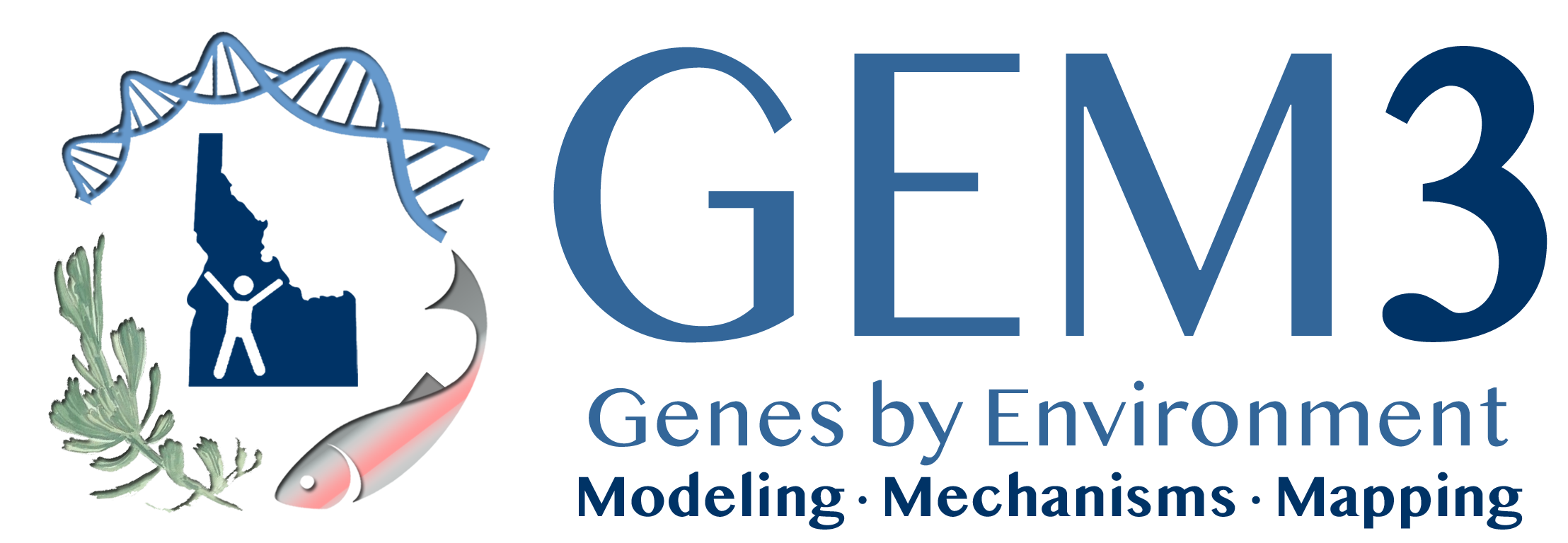Data from: Mapping foodscapes and sagebrush morphotypes with unmanned aerial systems for multiple herbivores
Context
The amount and composition of phytochemicals in forage plants influences habitat quality for wild herbivores. However, evaluating forage quality at fine resolutions across broad spatial extents (i.e., foodscapes) is challenging. Unmanned aerial systems (UAS) provide an avenue for bridging this gap in spatial scale.
Objectives
We evaluated the potential for UAS technology to accurately predict nutritional quality of sagebrush (Artemisia spp.) across landscapes. We mapped seasonal forage quality across two sites in Idaho, USA, with different mixtures of species but similar structural morphotypes of sagebrush.
Methods
We classified the sagebrush at both study sites using structural features of shrubs with object-based image analysis and machine learning and linked this classification to field measurements of phytochemicals to interpolate a foodscape for each phytochemical with regression kriging. We compared fine-scale landscape patterns of phytochemicals between sites and seasons.
Results
Classification accuracy for morphotypes was high at both study sites (81–87%). Forage quality was highly variable both within and among sagebrush morphotypes. Coumarins were the most accurately mapped (r2 = 0.57–0.81), whereas monoterpenes were the most variable and least explained. Patches with higher crude protein were larger and more connected in summer than in winter.
Conclusions
UAS allowed for a rapid collection of imagery for mapping foodscapes based on the phytochemical composition of sagebrush at fine scales but relatively broad extents. However, results suggest that a more advanced sensor (e.g., hyperspectral camera) is needed to map mixed species of sagebrush or to directly measure forage quality.
Data Usage Notes
Spatial Reference
NAD83 UTM Zone 11N [Camas]/12N [Cedar Gulch]
Patch Type Classifications
25-cm resolution, classes are 3=on mound, 4=off mound, 5=dwarf. On-mound refers to mima mounds with deeper soils that pygmy rabbits use to dig their burrows and are dominated by big sagebrush (Artemisia tridentata), while off-mound refers to patches dominated by big sagebrush but not on mima mounds, while dwarf patches are dominated by short-statured sagebrush species (e.g., black sagebrush [A. nova], low sagebrush [A. arbuscula]).
Maps of Phytochemistry
25-cm resolution and were generated with regression kriging using the patch type layer and point values from leaf chemistry. Phytochemicals: Crude Protein, Coumarins, Total Monoterpenes, Chemical Diversity of Monoterpenes and two individual monoterpenes (1,8-cineole and camphor). If there was no spatial autocorrelation present in the semivariogram, then maps were not generated for that phytochemical.
Data Use
License: CC-BY
Recommended Citation: Olsoy, P., Sorensen Forbey, J., Shipley, L., Rachlow, J., Robb, B., Nobler, J., & Thornton, D. (2022). Data from: Mapping foodscapes and sagebrush morphotypes with unmanned aerial systems for multiple herbivores [Data set]. University of Idaho. https://doi.org/10.7923/6Z9M-WZ55
- crude protein
- landscape patterns
- post secondary metabolites
- regression kriging
- spatial patterns
Data Authors/Creators
- Other Author(s): Lisa Shipley
- Other Author(s): Jordan Nobler
- Other Author(s): Daniel Thornton
ORCiD: 0000-0002-2497-346X
Contact Information
- Forbey Lab, Boise State University
- English
- National Science Foundation DEB-1146368
- National Science Foundation DEB-1146194
- National Science Foundation IOS-1258217
- National Science Foundation OIA-1826801
- National Science Foundation DEB-1146166
- USDA National Institute of Food and Agriculture (Hatch Project 1005876)
